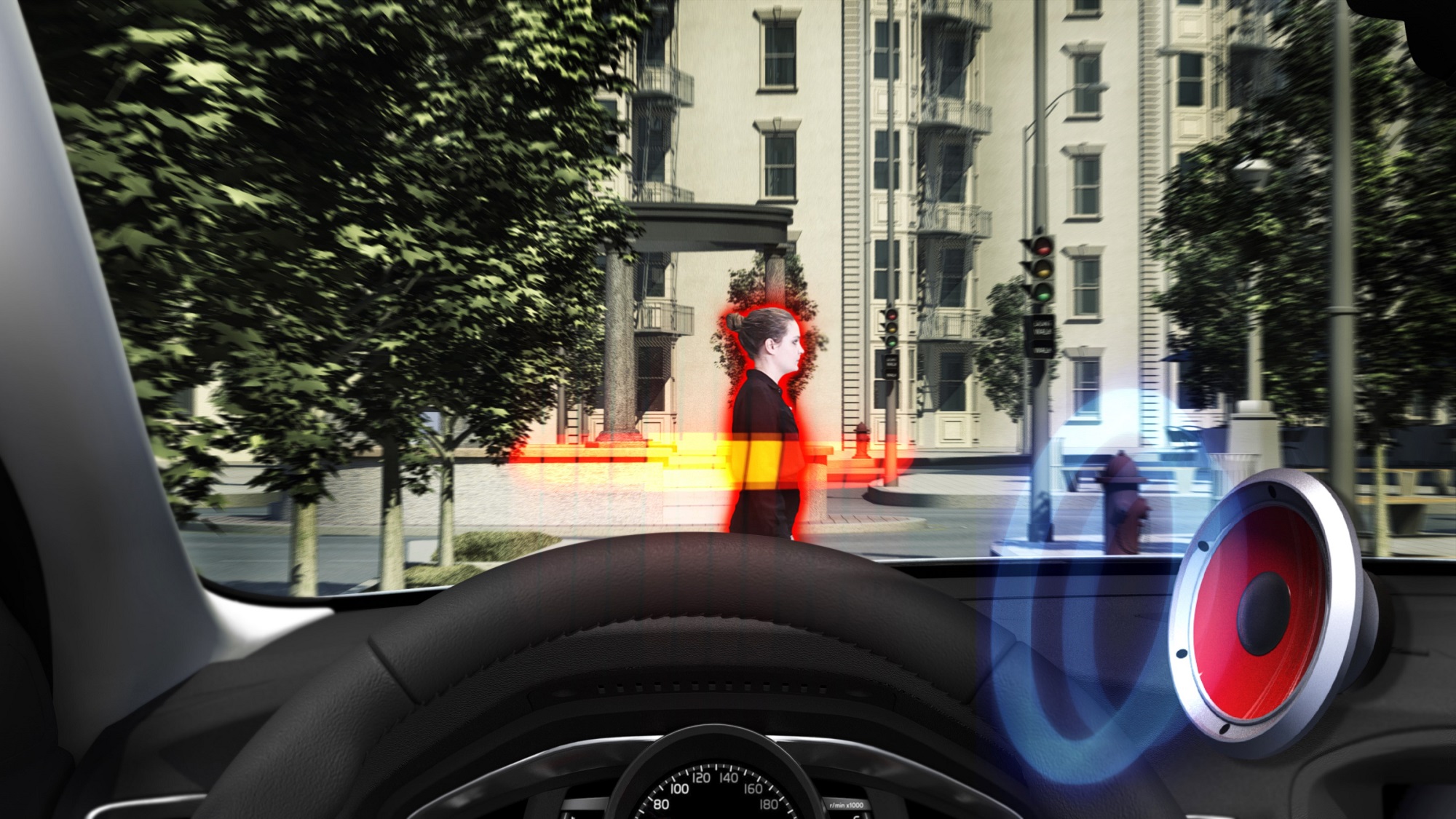Every year, we read fatality stats from the National Highway Traffic Safety Administration, and every year, it seems that the number of pedestrians killed by automobiles ticks up a bit further. In 2016, the number of pedestrian deaths hit a high not seen since 1990. As a driver, it is important to keep your eyes on the road, especially as you’re not the only one. Accidents happen too often, giving victims the choice of speaking to a personal injury lawyer las vegas (for example), in the hopes of getting this incident resolved and seek legal advice. Even though having an attorney by your side can give you some peace of mind, road accidents can be prevented.
Which means law firms that handle motor vehicle cases have their work cut out for them each day with new cases being created daily because of dangerous roads, if you have found yourself to be a victim of a crash, look into firms like GJEL.com that may be able to take your case on for you.
No one is entirely sure why the number continues to climb. Some say that it’s due to distracted drivers. Others say that distracted pedestrians are to blame. On Tuesday in New York, the issue was more obvious: eight people were killed and roughly a dozen were injured in an act of terrorism involving a moving car.
To be sure, it’s impossible to ensure the safety of every single pedestrian–at least until humans give up the keys and let autonomous vehicles handle the driving. But there are steps that cities can take to make everyone a little bit safer, and those steps can often be inexpensive to implement if city planners can manage to cut through swaths of red tape. Fast Company reports:
Long before car attacks became an ISIS trademark, public space safety advocates have been calling for increased protections against vehicles, which, even when not deliberately weaponized, still cause inordinate loss of life: In 2016, 144 pedestrians and 18 cyclists in New York died after being struck by cars (across America, auto accidents kill as many people as guns every year). Safety infrastructure like metal bollards–short metal posts designed to act as barriers against cars–are crucial and necessary, and their absence in places like the West Side Highway is incredibly dangerous.
While the motives were different, the dangers of cars on the Greenway are not new: On December 1, 2006, the 22-year-old cyclist Eric Ng was riding north along the West Side Highway bike path when a drunk driver careening at 50 mph down not the highway, but the bike path, struck and killed him just several blocks north of where the tragedy of October 31 occurred. Earlier in 2006, another cyclist was also struck and killed by a car on the Greenway, many blocks north, where it intersects with 38th Street.
In January 2008, after a thorough survey of the pedestrian and bike paths along the West Side Highway (also known as the Hudson River Greenway), TransAlt called for a set of low-cost safety improvements to the path, which is among the city’s busiest and intended to be one of its safest. Over a third of the Greenway users surveyed have reported seeing motor vehicles on the path, and TransAlt identified seven crossings where motor vehicles are easily able to, and regularly do, enter the Greenway. One of TransAlt’s recommendations was to adding bollards on either side of intersections to physically bar motor vehicles from turning into the path and driving down it.
One of those intersections lacking bollards is West Street and West Houston Street at Pier 40, where the perpetrator of the October 31 tragedy reportedly entered the bike path. The intersection is wide; the gap between the bike path at the entrance to the pier can accommodate three cars abreast. There are no bollards guarding the entrance to the bike and pedestrian paths. In the years since Ng’s death, Steely White says, “we’ve had a series of meeting with the state and with the city to highlight the need to protect these sites, but we still don’t have a standard.”
